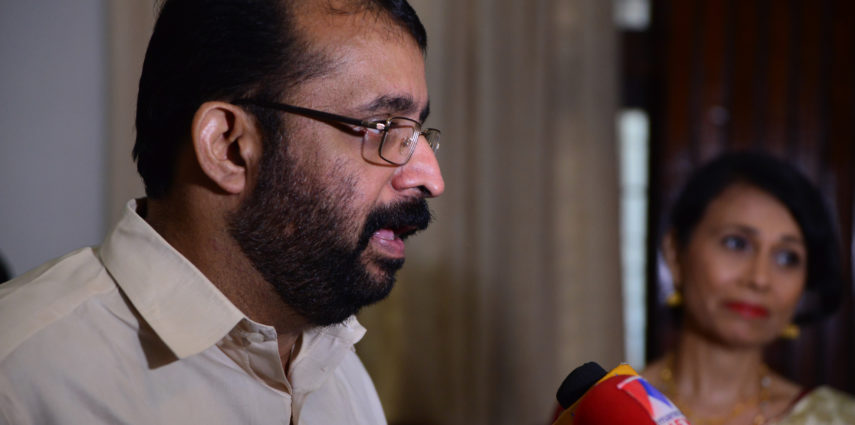I’ve just returned from India after a whirlwind 45-day trip to launch the multiple award-winning documentary Gods in Shackles. In a historic move the Speaker of Kerala’s General Assembly Sree Ramakrishnan screened the film on the legislature’s grounds flanked by the mass media that covered the story across India.
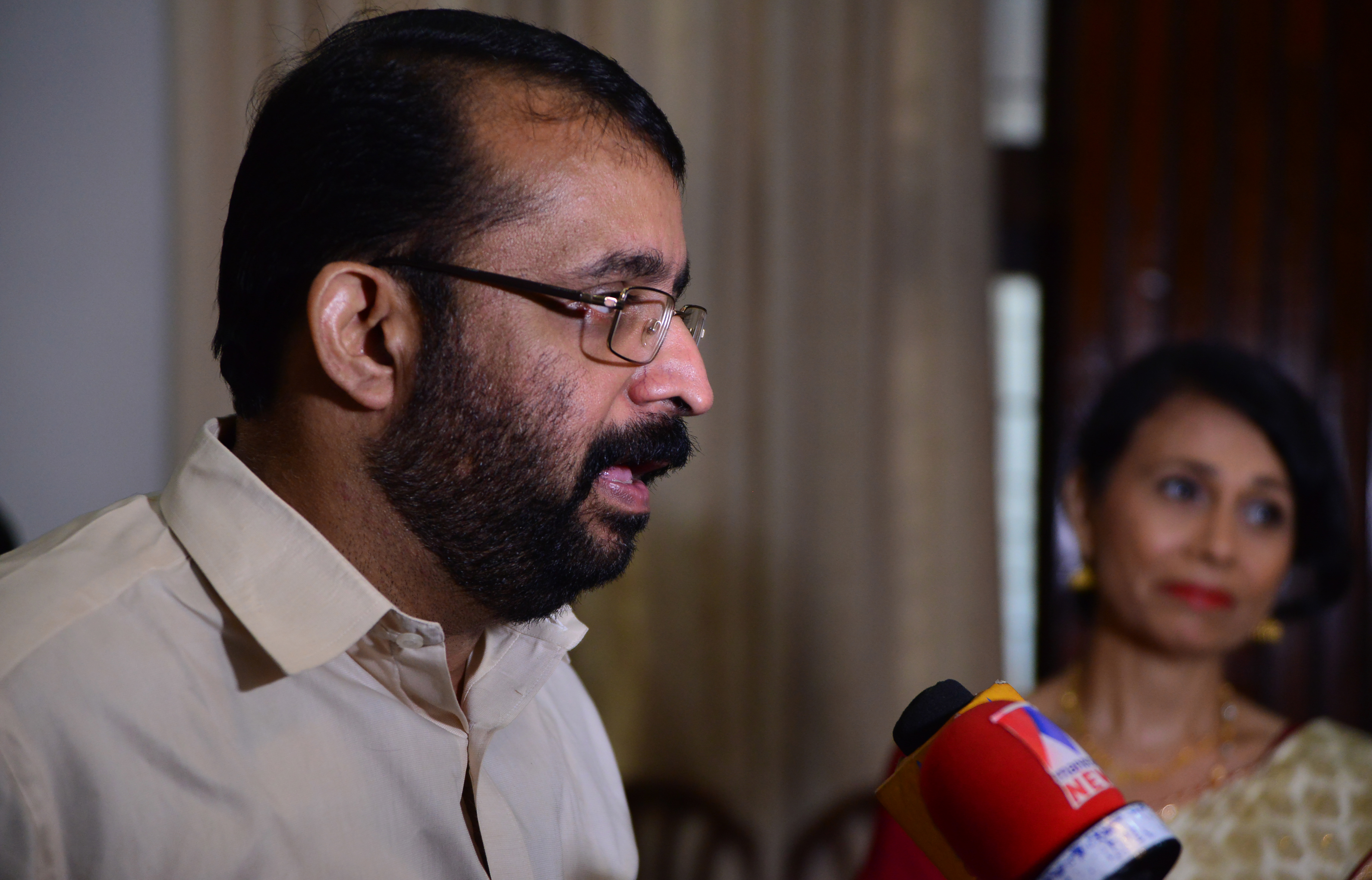
But as expected, the release of this culturally sensitive film has angered temple authorities, owners and brokers who abuse elephants to make money. Sadly, instead of trying to right the wrong, they are denying the truth and putting out misleading information to confuse the public. I am writing this article in my defence, attempting to dispel the distorted messages and shed light on the truth.
To begin, the Gods in Shackles documentary explores cultural practices because we discovered that many people use them as “smoke screen” to exploit elephants for profit. But the film also celebrates Kerala’s rich traditions that don’t use animals and portrays the country’s unique natural treasures.
To our knowledge there are NO cultural traditions that purport use of elephants. Indeed Kerala’s most revered priest, Akkeramon Kalidasan Bhattathirppad, bluntly states that they are using elephants to make money.
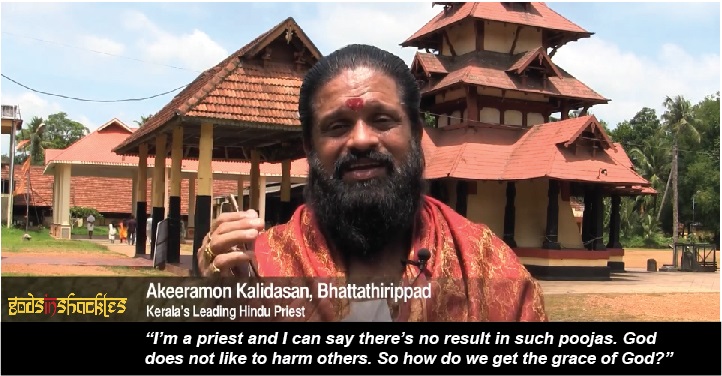
In recent years, churches and mosques have also begun using elephants in their religious festivals, as they want to grab their share of the economic pie. But in the process the elephants are paraded beneath the scorching sun, deprived of their basic necessities of life, including food, water, exercise and mating.
In reality, all religions promote love and compassion for all living beings. In fact, Hindu philosophies do not condone any form of abuse. As far back as 1500 BC, the holy Isha-Upanishad declared:
The universe along with its creatures belongs to the land. No creature is superior to any other. Human beings should not be above nature. Let no one species encroach over the rights and privileges of other species.
The basic right of every living being is freedom. In the wild they wander for up to 18 hours a day and balance their massive bodies. But in captivity, these supremely intelligent animals are tethered in torturous positions in one spot 24/7.
Undoubtedly, elephants have been part of Indian cultural since time immemorial. They were used in combat warfare when there were no weapons of mass destruction, and for logging when there were no machines. But despite the significant technological advancements in Kerala that houses some of the most progressive minds and literate people, they are clinging onto cultural practices and turning a blind eye to animal cruelty that never existed in ancient times. They’re condoning the suffering of the embodiment of Lord Ganesha under the veil of cultural celebrations.
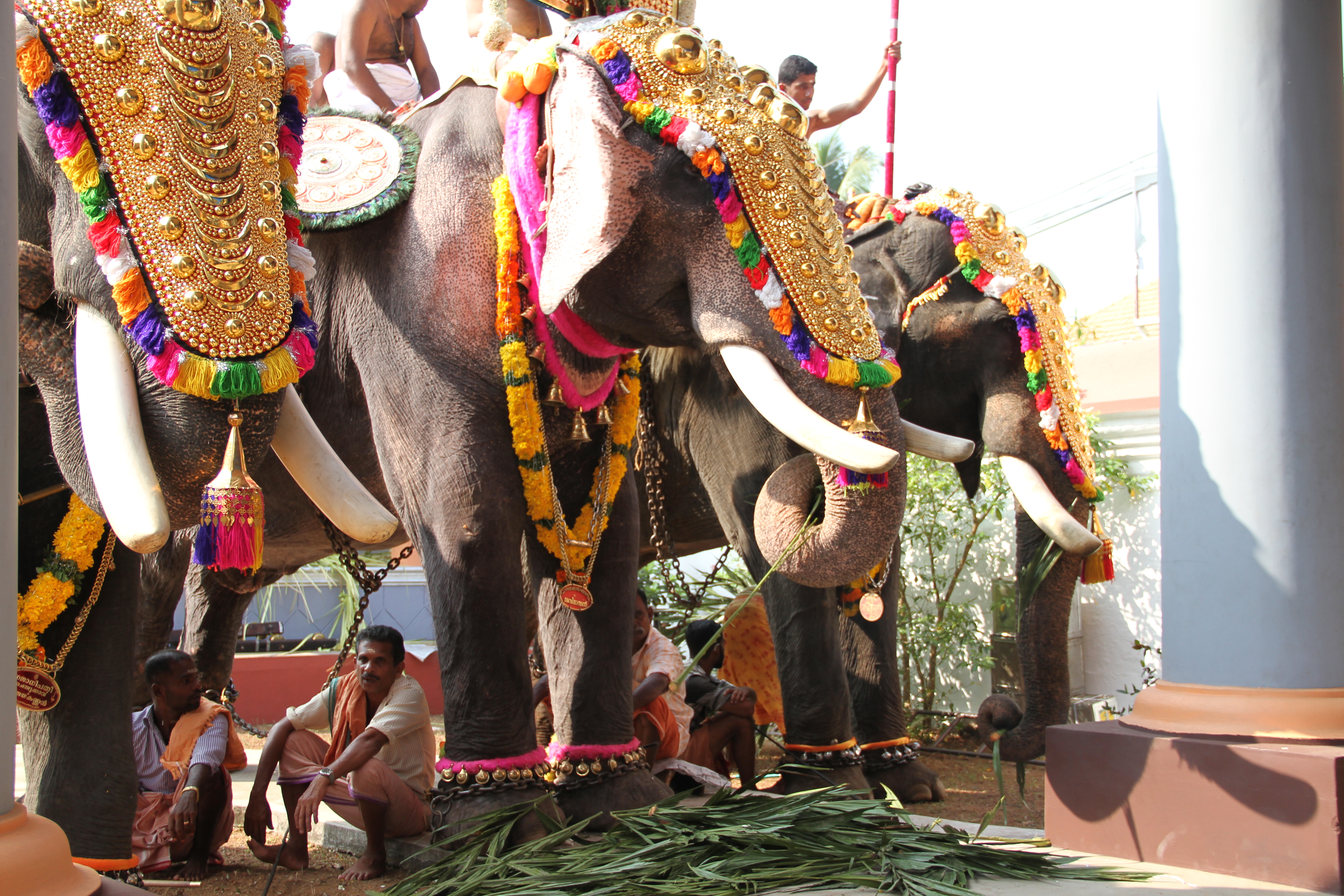
Some of the prominent Keralites openly calling for a gradual ban of elephants in temples and festivals include the state’s revered priest, Akkeramon Kalidasan Battathirippad, and the most beloved poet laureate, Smt. Sugadha Kumari, who are featured in the film. They know all too well that an overnight ban is impossible.
Given that so many people are speaking out against cultural practices that torture elephants, maybe a tsunami of change is on its way to wipe out misguided practices. Over the centuries, human cultures have transitioned, and our species has adapted and thrived. But make no mistake about it, deniers will continue to resist this inevitable and inconvenient change, and justify their practices by distorting the film’s message to create confusion.
For instance, our social impact campaign absolutely does not encourage people to boycott temples, but rather we ask our supporters to hold peace vigils outside temples, and demand the release of the tortured elephants into an elephant camp or rehab center.
There are also FALSE allegations that temple authorities were deceived by the filmmakers. The truth is, we obtained permission to film a ritual called “Seeveli” performed by the elephant named Thiruvambadi Lakshmi, and then openly gathered footage.
Some deniers say that the producers forced the mahouts to apply medication to the eye injuries of Lakshmi. This is a blatant lie! If indeed the mahout did what was told by strangers, it casts doubt on the mahout’s love for Lakshmi. The truth is we discovered the exact time they administer the medication and, with their permission, we filmed the act, an atrocious act to be sure, one that we were unprepared to face.
Sadly, the mahouts didn’t even realize that what they were doing was wrong, which is why they allowed us to film in the first place. It just goes to show that there is so much ignorance and denial surrounding the exploitation of elephants.
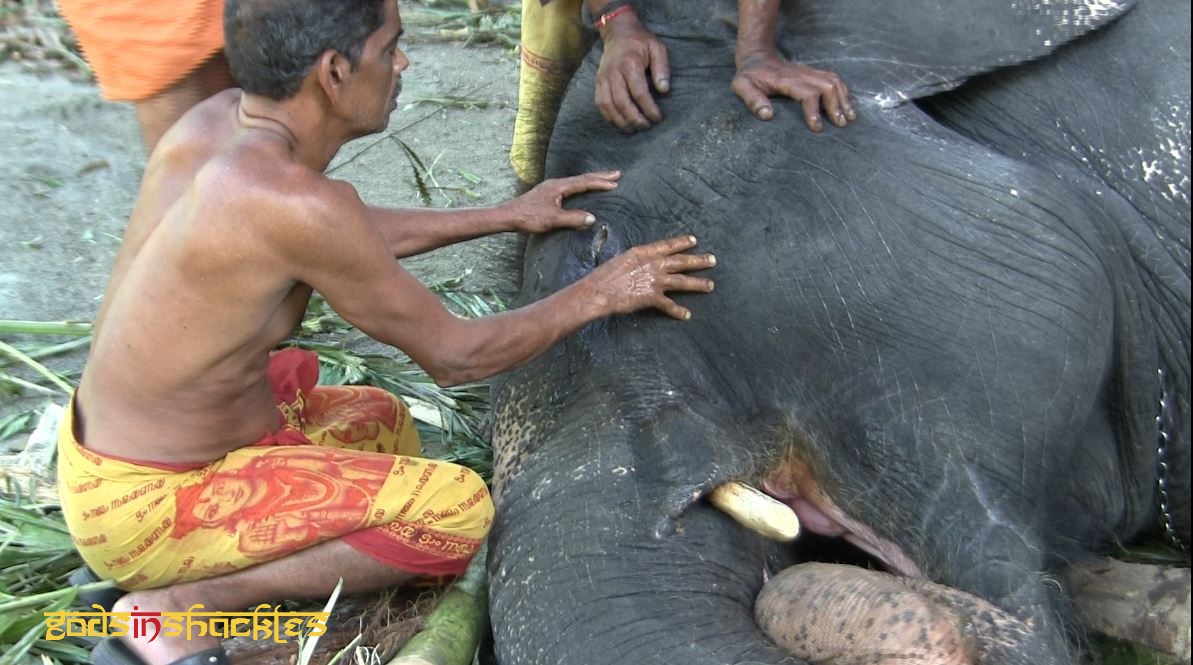
The videos can’t lie, but people can. In traditional cinéma vérité style, it’s the camera that unveils truth, and the truth has been exposed. The film does include undercover footage, including cell phone videos supplied by reliable activists, and they have been credited accordingly in the film. But some videos have recently emerged on You Tube.
Gods in Shackles will continue to stand the test of time. But only conscious thinkers will acknowledge the truth and muster up courage to use the film as a tool to end the insurmountable suffering of these highly social animals that deserve to roam freely. So, rather than waste precious energy denying the obvious, they would be better utilized forging productive collaborations and solutions to right the wrong.
Meantime, let’s not forget that these gentle giants arrived on our planet more than two billion years ago, long before us. Human activities are pushing them to the brink of extinction, with less than 40,000 Asian elephants in the wild and captivity, fully 60 per cent in India.
But the rate at which this global treasure, India’s heritage animal and Kerala’s state emblem, are being kidnapped from the forest guarantees their decimation within a few decades. The daunting question is, what would happen to cultural celebrations when these sentient beings have been wiped out from the face of this earth?

